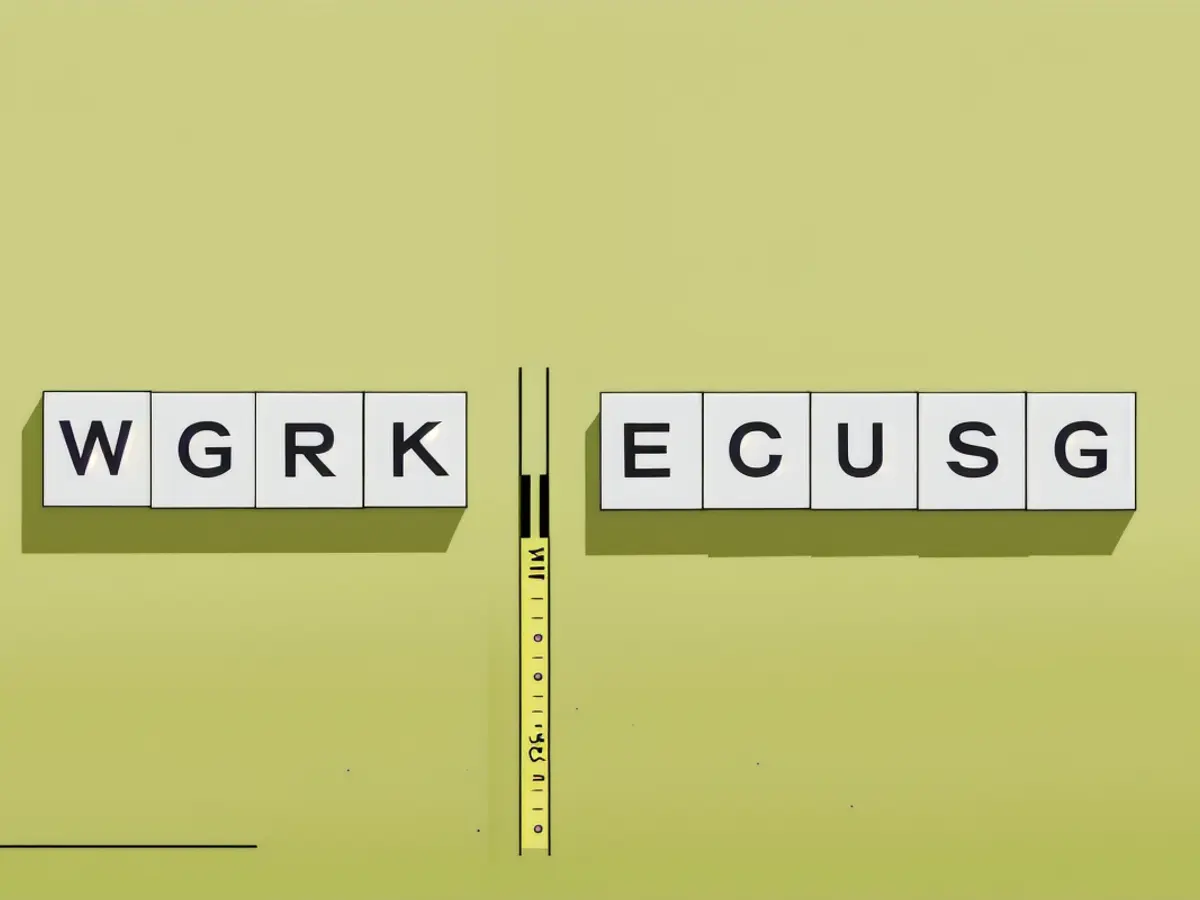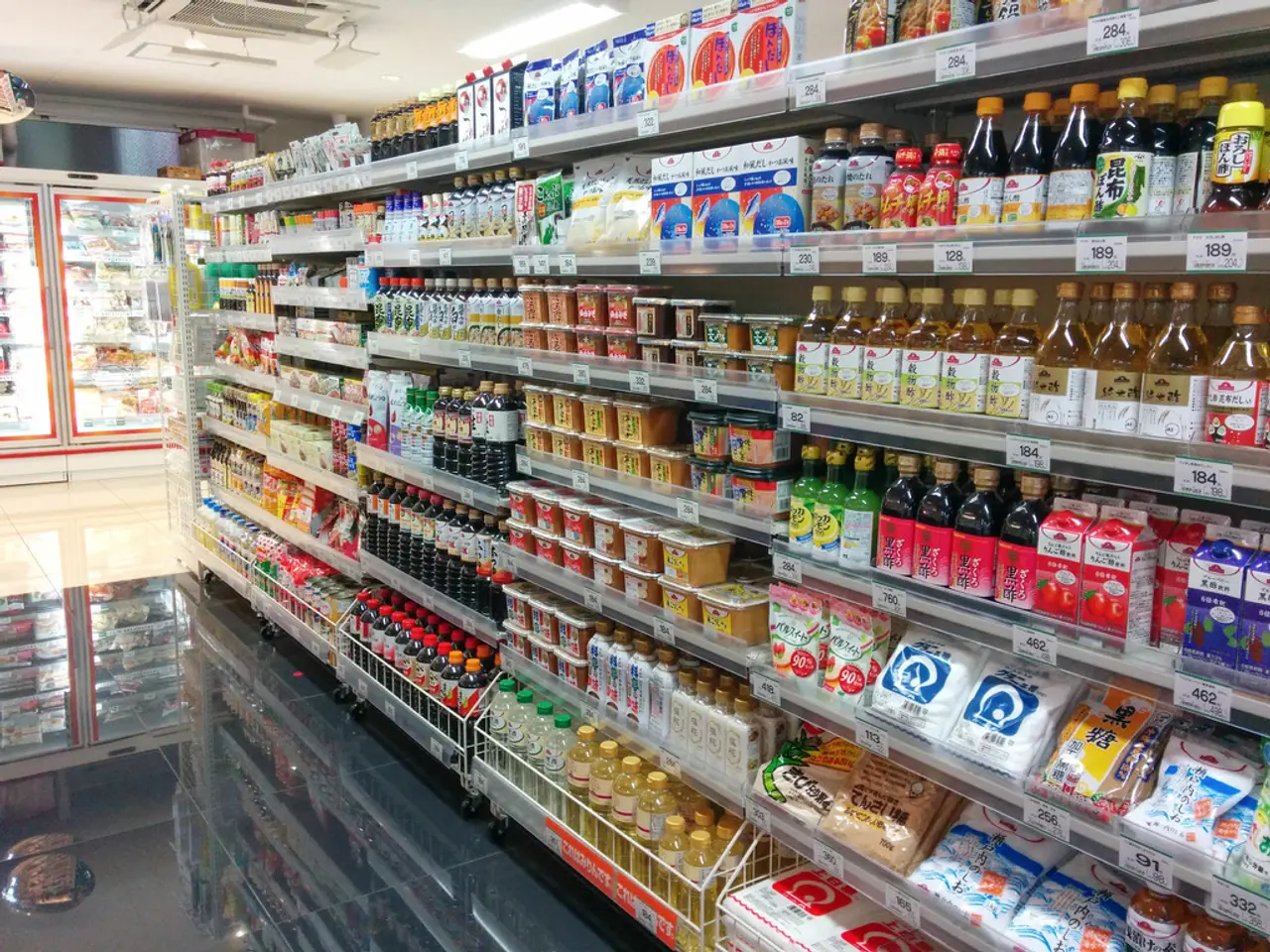Inflation's true measurement often proves elusive through the lens of market prices.
If you examine the retail prices of everyday items, you'll frequently be misled by inflation's actual state. Several readers might argue that prices are the most reliable indicator of inflation. Remember that the Consumer Price Index (CPI) is essentially the "average market price of a selection of goods and services frequently bought by households," and it's the most commonly used metric by economists to assess inflation.
However, many economists argue that this widely accepted approach tends to deviate from reality. Generally, Gross Domestic Product (GDP) is regarded as the standard indicator of a country's economic wellbeing. Yet, even non-experts can easily see that GDP is essentially a case of over-counting that would make even the most unscrupulous accountant wince.
The irritating assumption underlying GDP is that government-spurred demand fuels growth. In reality, demand can only originate from production, and governments don't produce anything. Therefore, GDP is built on false foundations.
Similarly, the notion that war stimulates economies is widely accepted among economists. However, this is far from the truth. Economic growth is driven by the division of work between humans and machines across the globe. War, on the other hand, involves destruction and loss of life, which severely hampers and sometimes halts production and cooperation.
Hopefully, these perspectives will lead people to scrutinize the prices economists rely on to determine inflation. If economists are so often wrong on other matters, could they be wrong about inflation as well? It's a definite possibility.
Prices fluctuate for various reasons jointly with others falling. Natural disasters like earthquakes and hurricanes can obstruct production, impeding global cooperation or the delivery of crucial inputs for market goods. Wars, as previously mentioned, can slow or halt production and cooperation, increasing prices.
For example, on March 26 this year, the unexpected collapse of the Key Bridge significantly affected freight delivery on the east coast, resulting in higher costs and prices. In March 2020, the global shutdown of production led to even more distorted prices that may persist into the future due to the intricate global cooperation required for production.
Yet, these price hikes are not indicative of inflation. Instead, they reflect the interconnectedness of the global economy, where prices can surge for various reasons while falling elsewhere.
A higher price driven by externalities necessarily implies a decline in prices elsewhere. Economics boils down to trade-offs. Externalities can lead to higher prices without any connection to currency devaluation (inflation).
What's crucial is that globalized production has a far-reaching impact on the pricing of goods. No other factor comes close. However, when globalized production was impeded, causing prices to naturally rise, economists resorted to the Fed to manipulate lower prices. Economists were engaging in logical fallacies while simultaneously ignoring the fact that division of labor is the primary force shaping prices.
In summary, economists fixated on escalating prices fail to grasp the underlying issue. Instead of blaming the Fed and government spending, the focus should be on the actual sources of price influence, while government spending amounts to double-counting. Economists being economists, perhaps.
The Consumer Price Index (CPI) often serves as the primary metric for economists to evaluate inflation, but John Tamny argues that it sometimes deviates from reality. Many economists argue that Gross Domestic Product (GDP), commonly seen as the standard indicator of a country's economic health, is fraught with issues, like over-counting and relying on government-spurred demand, which is flawed since governments don't produce anything.
In this context, it's worth noting that inflation, as measured by CPI, and GDP are significant concepts in economic discussions. For instance, if changes in GDP are not accompanied by corresponding increases in the CPI, economists might question whether the economy is truly growing, and if so, whether that growth is beneficial for the average consumer.
Moreover, understanding the correlation between these economic indicators is crucial for policymakers when considering measures to promote economic growth and manage inflation. A well-informed assessment of GDP and inflation can help governments and central banks make informed decisions about monetary and fiscal policies.







